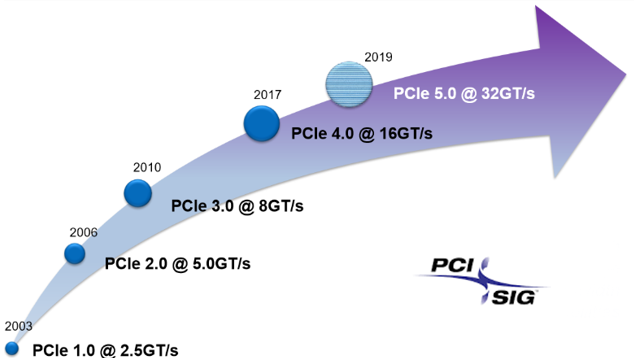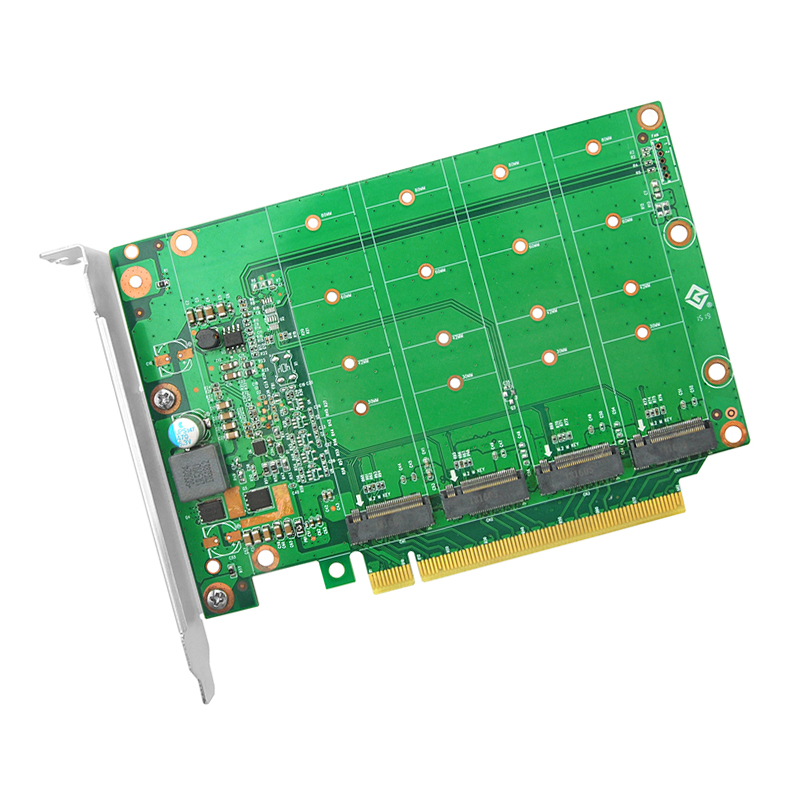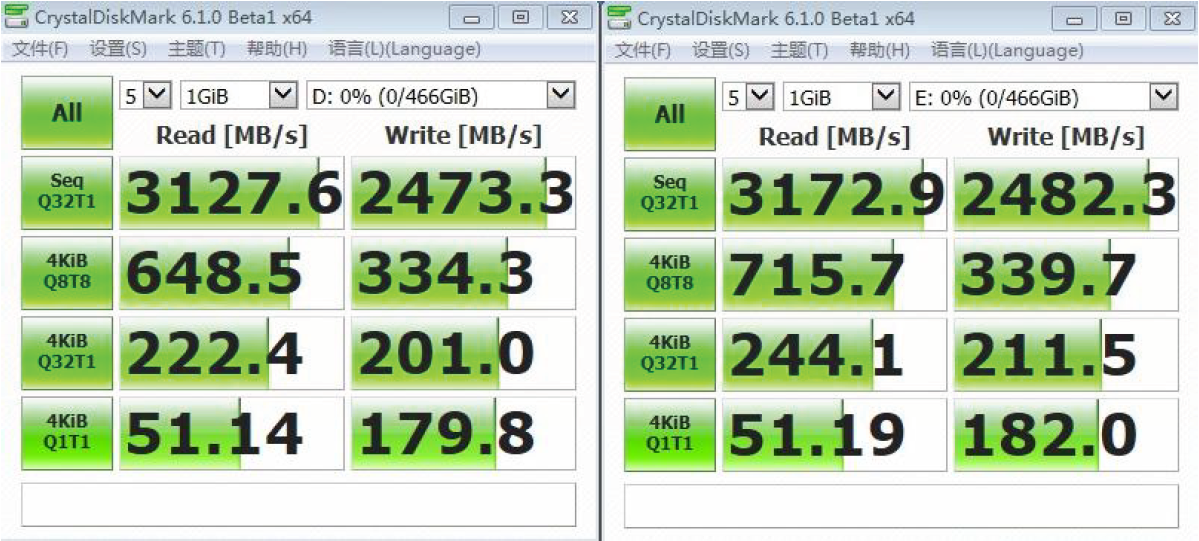Getting to know PCIe 3.0 and PCIe 4.0
When referring to PCIe interface or slot, we usually meet the products with saying PCIe 3.0 or PCIe Gen3 in their spec chart. What does it mean?
In fact, PCIe has been through several generations from first generation to the new generation 6. (Yes, only weeks after the release of the PCIe 5.0 standard, PCI-SIG announced they were already hard at work in developing the next PCIe standard)

So PCIe 3.0 or PCIe Gen3 just means nothing but the third generation of PCIe. The main difference of every generation is about speed. Just as the below chart shows, PCIe 3.0 x16 can reach the speed up to 128Gb/s.


10Gtek’s NVMe SSD Adapter : NV95NF
10Gtek’s NVMe SSD adapter series meet PCIe 3.0 generation standard. For NVMe SSD’s read and write speed, our NVMe SSD adapter literally meet the requirement. For example, NV95NF is the NVMe SSD adapter for carrying up to four M.2 SSDs. According to our test report, this NVMe SSD’s read/write speed could reach up 3127MB/s and 2483MB/s, as shown below test figures.

PCIe devices are forward and backward compatible, therefore a PCIe 3.0 SSD will still work on a PCIe 4.0 motherboard and conversely a PCIe 4.0 SSD would work on a PCIe 3.0 motherboard (following a software update), with performance limited by the weaker component.
At last, let’s talk about the future PCIe Gen5. PCIe 5.0 products are expected to be available in 2020 and will have double of bandwidth (512Gb/s for a x16 slot) of PCIe 4.0 as well as other technical enhancements.
However, given that x16 of PCIe 3.0 is currently sufficient for the majority of users, demand for PCIe 5.0 in the near future will mostly be driven by super users and data centres, and will co-exist alongside PCIe 4.0 devices.



